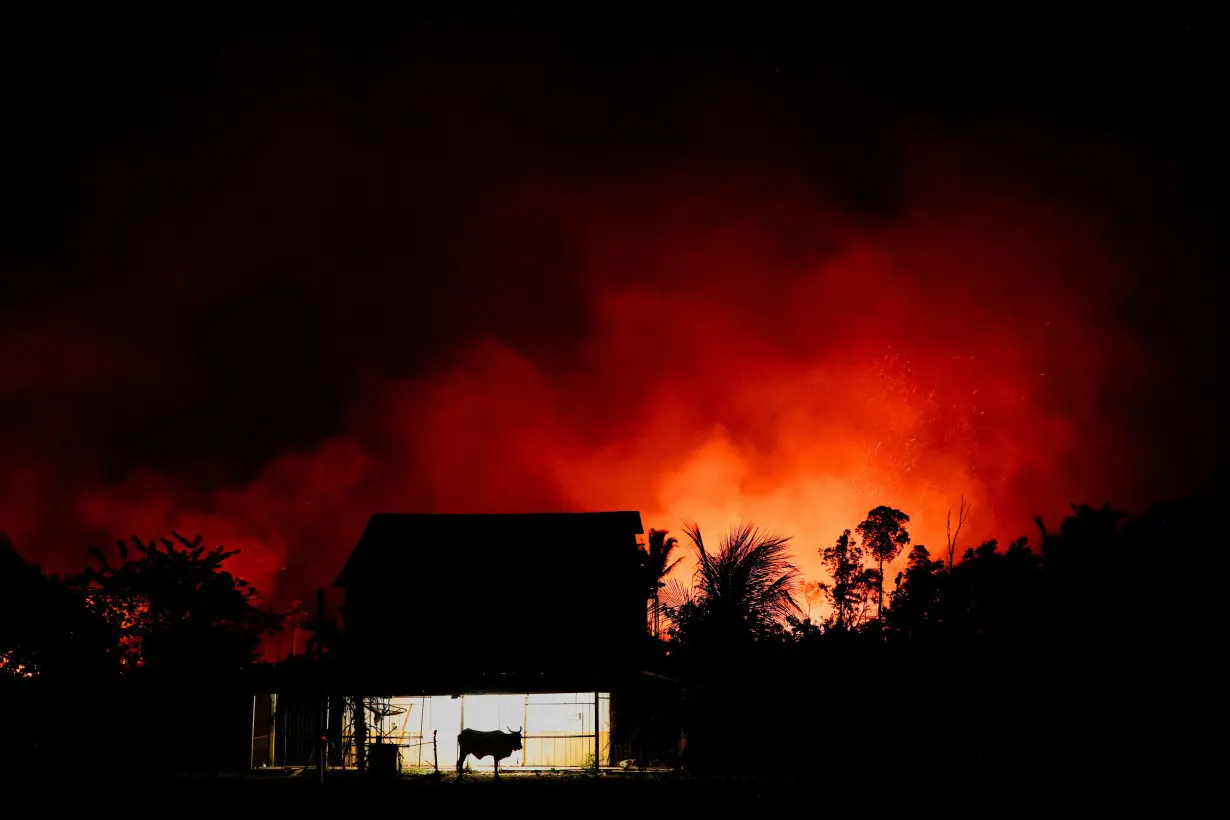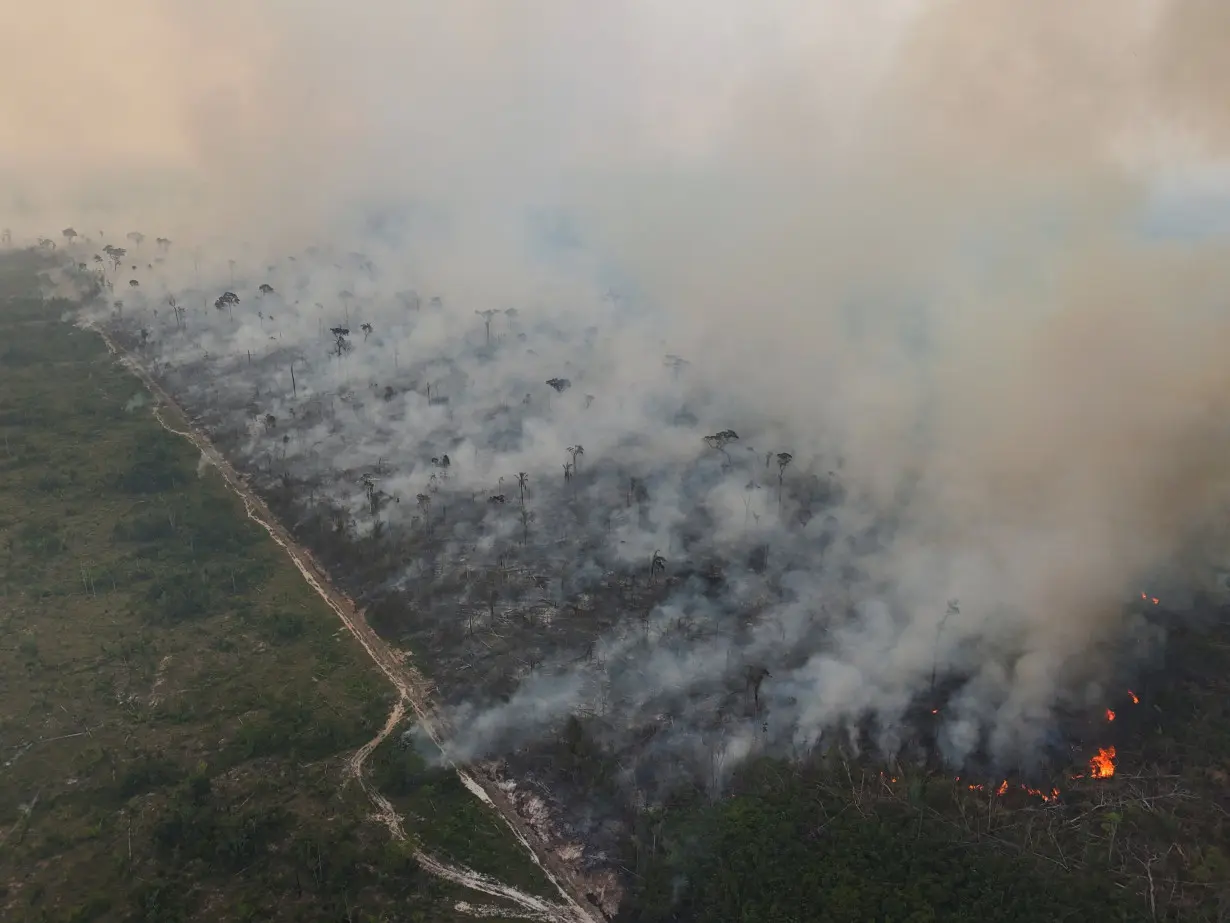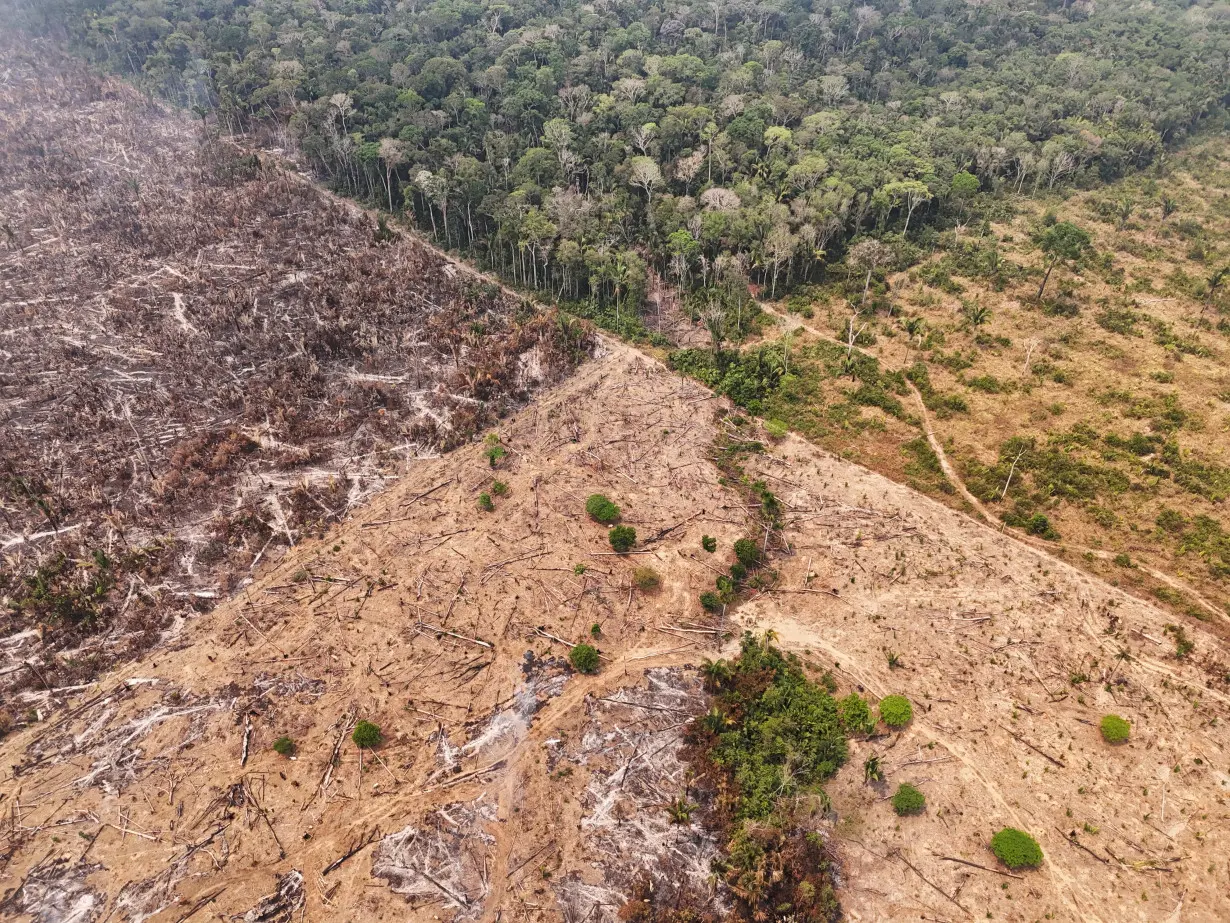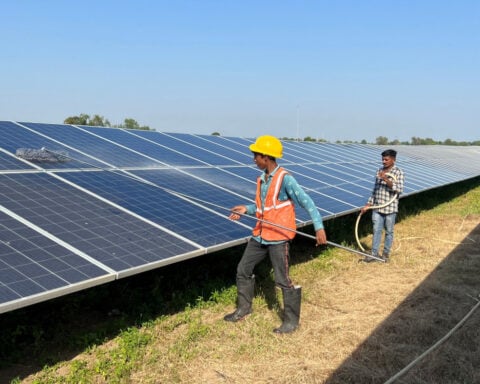By Jake Spring
SAO PAULO (Reuters) - Scientists agree that preserving the Amazon rainforest is vital to combating global warming, but new data on Wednesday indicate huge swathes of the jungle that are most vital to the world's climate remain unprotected.
Nearly 40% of the areas of the Amazon rainforest most critical to curbing climate change have not been granted special government protection, as either nature or indigenous reserves, according to an analysis by nonprofit Amazon Conservation.
The areas lie in the far southwest of the Amazon in Peru and the far northeast in Brazil, French Guiana and Suriname, the data show.

Those parts of the Amazon have the biggest, densest trees and the most continuous canopy cover, said Matt Finer, who leads Amazon Conservation's Monitoring of the Andean Amazon Project (MAAP).
That means the areas hold the most carbon, which would be released into the atmosphere as climate-warming greenhouse gas if destroyed by fire or logging.
"It really just gives this overall roadmap in terms of some of the highest carbon areas that are important to protect," Finer said.

"They really indicate the most pristine parts of the Amazon that still remain."
The data pinpointing the location and protection status of these areas was first shared with Reuters exclusively.
Amazon Conservation analyzed new data from the satellite imaging company Planet that used lasers to get a three dimensional picture of the forest and combined it with machine-learning models.
Only aboveground vegetation was considered, and not underground carbon in roots and soils.
MAAP's analysis shows that 61% of the peak carbon areas in the Amazon are protected as indigenous reserves or other protected lands, but the rest generally has no official designation.
In Brazil, Suriname and French Guiana, the level of protection is lower with only 51% of peak carbon areas labeled for preservation.
Peru protects a higher proportion of its critical areas, but some of those left unprotected have been earmarked for logging.
MAAP published an analysis last month showing that the Amazon contained 71.5 billion tonnes of carbon, roughly double global carbon dioxide emissions for 2022.
That analysis showed that the Amazon just barely absorbed more carbon than it released in the decade leading up to 2022, a positive signal for the world's climate.
But that remains an area of intense debate, with other studies showing the Amazon has flipped to become an emissions source.
(Reporting by Jake Spring; Editing by Sandra Maler)

 TikTok seeks to reassure U.S. employees ahead of Jan. 19 ban deadline
TikTok seeks to reassure U.S. employees ahead of Jan. 19 ban deadline
 US won't seek charges in unarmed Black motorist Ronald Greene's fatal 2019 arrest
US won't seek charges in unarmed Black motorist Ronald Greene's fatal 2019 arrest
 Euro zone households could increase consumption, ECB chief economist says
Euro zone households could increase consumption, ECB chief economist says
 Foreigners sold South Korean equities last month by most since early 2020
Foreigners sold South Korean equities last month by most since early 2020
 Trump and Biden national and homeland security staff will meet Wednesday for threat exercises
Trump and Biden national and homeland security staff will meet Wednesday for threat exercises
 As fires ravage Los Angeles, Tiger Woods isn't sure what will happen with Riviera tournament
As fires ravage Los Angeles, Tiger Woods isn't sure what will happen with Riviera tournament
 Antetokounmpo gets 50th career triple-double as Bucks win 130-115 to end Kings' 7-game win streak
Antetokounmpo gets 50th career triple-double as Bucks win 130-115 to end Kings' 7-game win streak
 No 97 Laura Siegemund upsets Olympic champion Zheng Qinwen at the Australian Open
No 97 Laura Siegemund upsets Olympic champion Zheng Qinwen at the Australian Open








